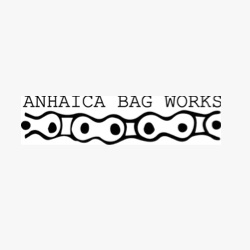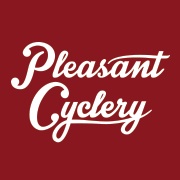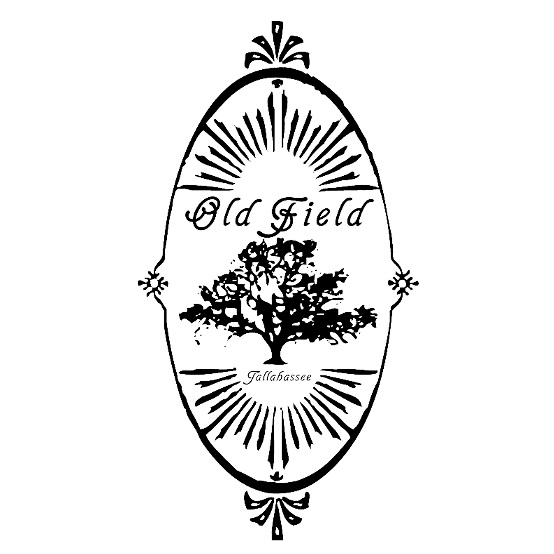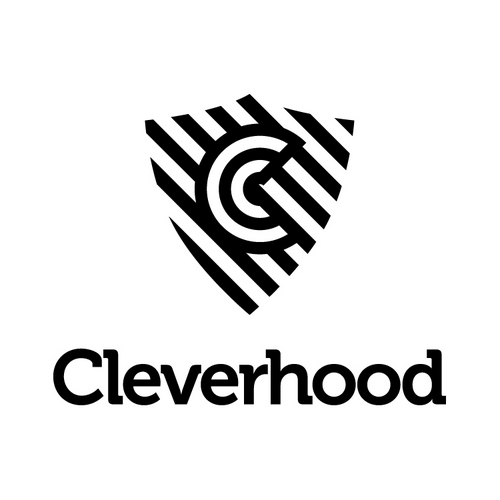If there's one rule we have on bike tour, it's Always Stop For Historical Markers. And Usually Stop for Smalltown Museums When There's Time. So now here's your extremely condensed history of the Kootenay starting when white people start settling.
Like just about every single Western town, most of the places out here started as mining camps. In this region people were looking for gold and galena (made of lead and silver). Travis and I were watching Deadwood right before we left on tour, and these mining towns fit the TV description perfectly. One town had 45 saloons and one prostitute for every three men. Once the railroads were built, all the mine towns were connected by train and steamships that ran across the large lakes separating the towns.
Luckily the town of Kaslo has a restored steamship turned museum, and Travis made sure we took the tour. Once families and farmers started settling in towns, the ships became vital to shipping produce and goods as well as transporting folks from town to town because there weren't any roads.
As with any boom town, when the mining dried up, many of the towns did too. Some were destroyed by fires and floods, and by the Depression the region was dotted with ghost towns. In a sad and surprising turn of events, 7000 Japanese Canadians were shipped to internment camps in these ghost towns during World War II. Through forced labor they built settlements in fields housing thousands of people, and lived there throughout the war. Many of them had been born in Canada. After the war they were again moved east for labor and some were even forced to move back to Japan. Now all that's left of the internment camps are the fields and historical markers.
One marker explained the importance of the produce that the Doukhobors brought to the Japanese before their first winter. The
Doukhobors were Russian immigrants who moved to the region after religious persecution for being staunch pacifists. They lived communally in large settlements apart from Canadian society. Some friends we met said when they were growing up they remember old ladies coming into town to shop who only spoke Russian. Eventually the Canadian government forced them to assimilate by breaking their communes up into individual settlements and taking Doukhobor children away from their parents to government boarding schools. Radical factions of the Doukhobors turned violent, bombing and burning police stations and government buildings. This continued into the 1960s! In the 1980s there was finally a reconciliation period and Doukhobor towns continue on till this day.
This last piece of history kind of brings us up to the present. During the Vietnam War, hundreds of American draft dodgers moved to this region, and people began homesteading in a back to the land movement. Like other hippie towns (ahem Gainesville), marijuana production provided the financial capital to kickstart business growth. Despite economic downturn in the 80s, Nelson and other Kootenay towns were able to revitalize their downtowns, and the area has evolved a rural tourist economy that reminds me of the Asheville area of North Carolina. Despite that, it's still very hard to find work here, and many people commute to work in oil and gas in Alberta. Travis has been daydreaming of moving here but after hearing that I think he's back to reality and realizes that the grass isn't always greener.


























